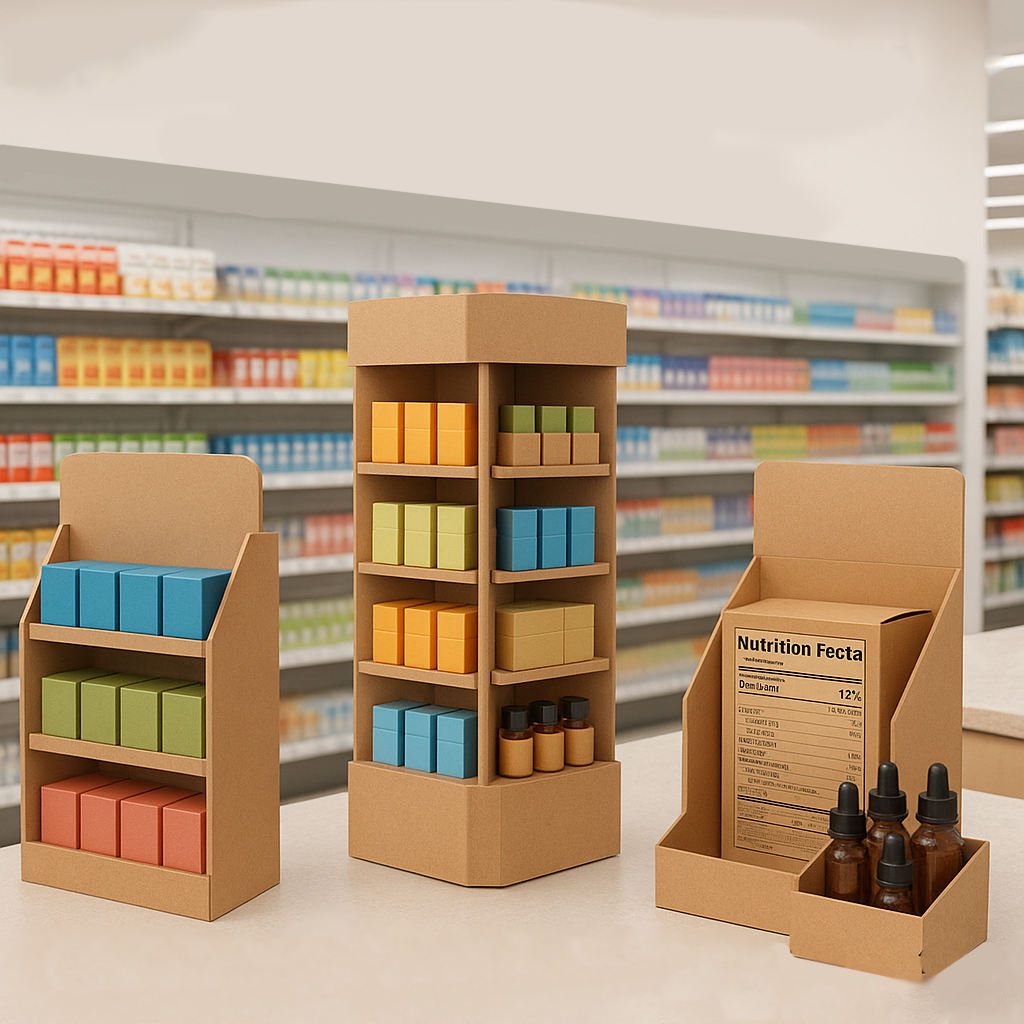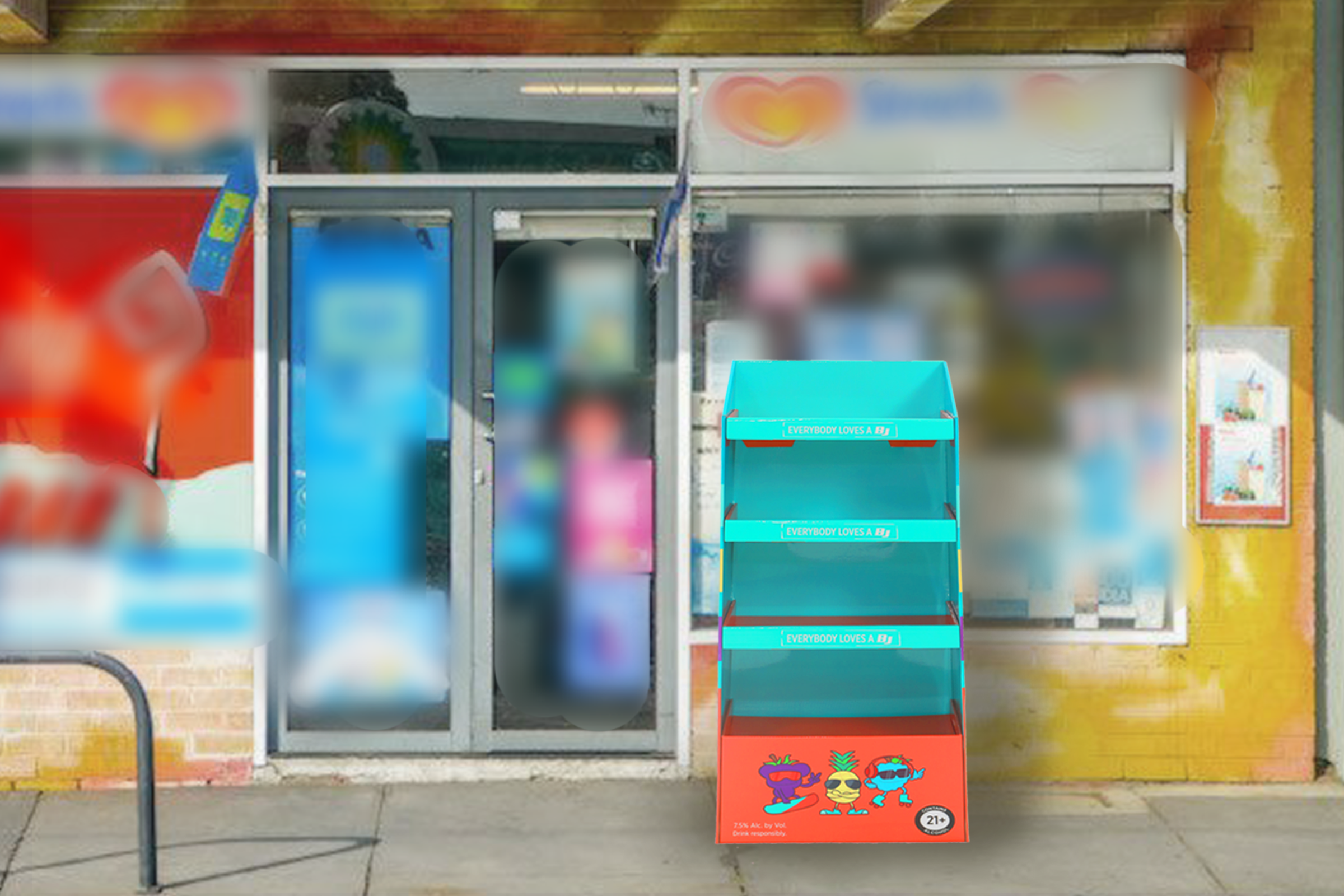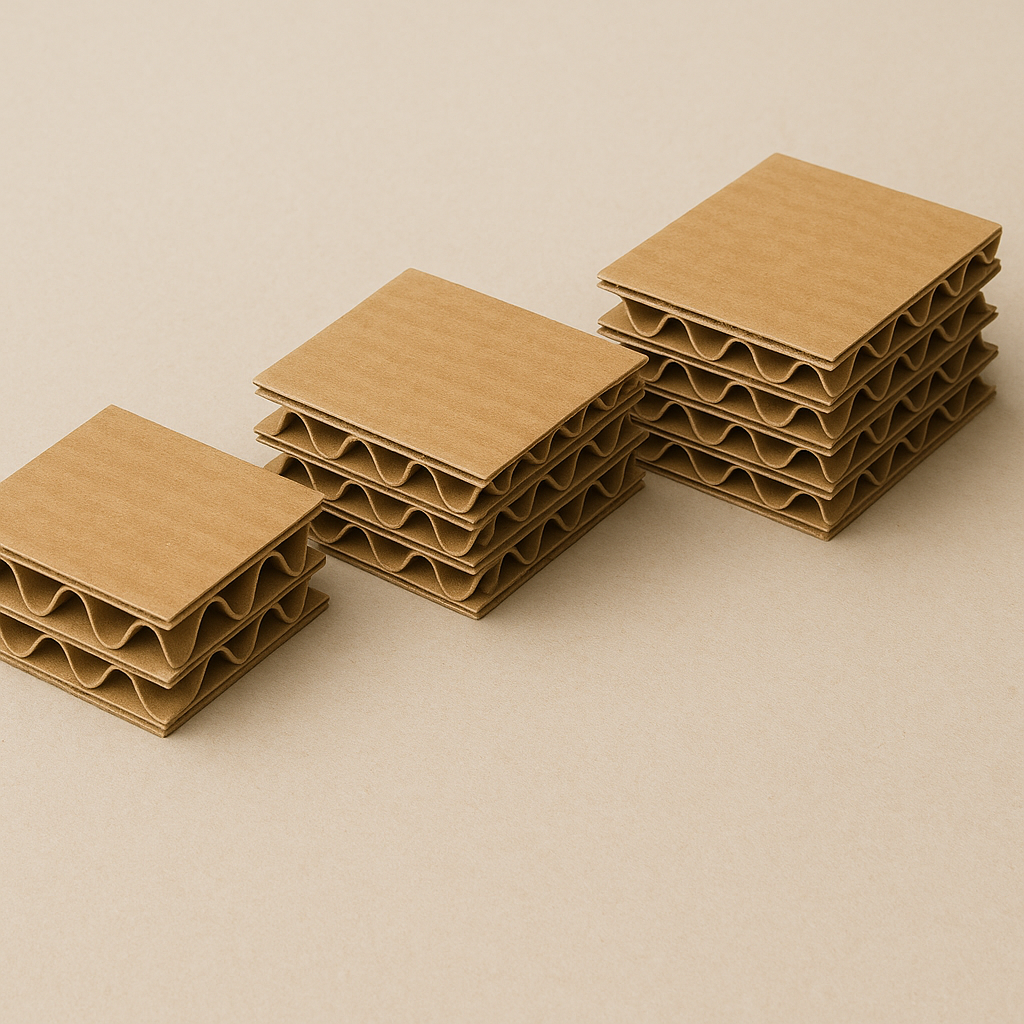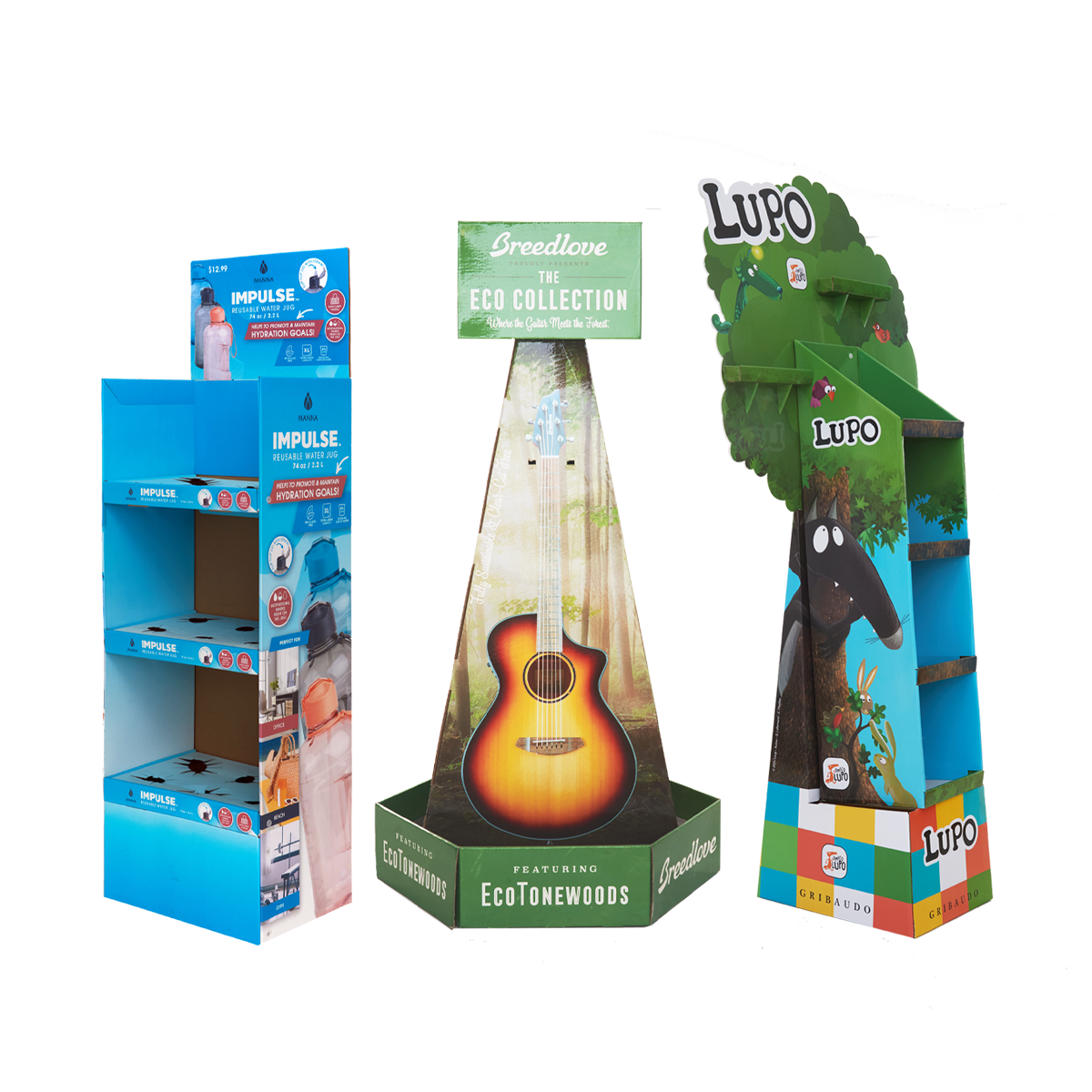
Understanding Packaging Types and Their Role in Visual Merchandising
The post explains primary, secondary and tertiary packaging and shows how folding cartons and paper displays support visual merchandising in store.
Back to blogs
Packaging plays an essential role not only in protecting goods but also in shaping how they are presented and perceived in retail environments. In visual merchandising, every layer of packaging contributes to the way a product is displayed, handled, and recognized by shoppers. MeiyaStand specializes in creating eco friendly paper display solutions that connect these layers, transforming ordinary packaging into effective retail presentation tools such as revolving display stands, end cap displays, and compact counter displays for one oz bottles.
Primary Packaging
Primary packaging refers to the material that directly encloses the product. It protects the contents and communicates key information such as labels, ingredients, and branding. This is often the packaging that consumers interact with first. Examples include shampoo bottles, folding cartons for cosmetics, or small cardboard boxes for individual snacks.
At MeiyaStand, primary packaging often serves as the foundation for display integration. When well designed, it aligns perfectly with secondary and tertiary layers to create a cohesive presentation across shelves or display units.
Secondary Packaging
Secondary packaging groups multiple primary packages together for easier handling, transport, and retail display. It often takes the form of printed boxes or shrink wrapped trays. For instance, a set of small glass bottles packaged in a sturdy cardboard sleeve or a bundle of products designed for a counter display represents this layer.
Secondary packaging can also act as a point of sale asset. When printed with high quality graphics and designed with open access, it becomes a ready to display container ideal for promotions or small product assortments. MeiyaStand helps brands turn these cartons into attractive mini displays that enhance product visibility and shopper engagement.
Tertiary Packaging
Tertiary packaging provides protection and stability for bulk shipments. Pallets, corrugated outer boxes, or large crates fall into this category. These ensure safe transit from manufacturing to retail distribution centers. Though not customer facing, efficient tertiary packaging supports smooth logistics, allowing displays and folding cartons to arrive in perfect condition.
Paper Packaging and Folding Cartons
Paper packaging, especially folding cartons, is a cornerstone of retail display and brand presentation. Folding cartons are made from paperboard that is printed, cut, and glued into functional yet aesthetic shapes. They are lightweight, recyclable, and cost effective, making them a preferred choice for industries such as food, cosmetics, and pharmaceuticals.
At MeiyaStand, folding cartons are more than simple containers. They are structural components of visual merchandising. Whether used as part of an end cap display in a supermarket or as refillable trays within revolving display stands, these cartons are designed for both durability and impact. With advanced printing techniques such as CMYK and Pantone color matching and finishes like gloss or matte lamination, each carton reinforces a brand’s identity while remaining sustainable.
Display Boxes and Counter Displays
Display boxes transform packaging into merchandising tools. These open faced paperboard boxes are designed to hold multiple products while allowing customers easy access. Common examples include floor standing displays, countertop boxes, and end cap displays strategically placed at retail entry points.
A counter display for one oz bottles, for instance, is a practical and space efficient solution often seen near checkout counters. It highlights small items like essential oils or travel sized beauty products while encouraging impulse purchases.
For rotating presentations, MeiyaStand also manufactures revolving display stands that combine structure and motion to capture shopper attention. These are particularly useful for small boxed goods or seasonal product lines that benefit from full angle exposure.
Practical Applications in Retail and Supply Chain
Paper based packaging and displays deliver advantages at every stage of the supply chain. They are shipped flat to save space and cost, then easily assembled at the store level. Retailers benefit from quick setup and flexible merchandising. An end cap display can be restocked effortlessly, or a revolving stand can be refreshed with new graphics or seasonal designs.
Moreover, sustainability remains central. Most of MeiyaStand’s folding cartons and display units are made from FSC certified or recycled paper, supporting eco conscious branding. Their adaptability allows brand teams and merchandisers to design unified product presentations, whether a full size supermarket end cap or a compact counter display for sampling events.
From primary packaging to folding cartons and display boxes, each layer contributes to how a brand presents itself on the shelf. MeiyaStand’s integrated approach bridges structural design with visual merchandising, offering brands innovative paper display solutions that combine protection, visibility, and sustainability. Whether for a revolving display stand highlighting multiple SKUs, an eye catching end cap display for promotions, or a counter display for one oz bottles, paper based packaging continues to shape how modern retail environments inspire purchase decisions.







